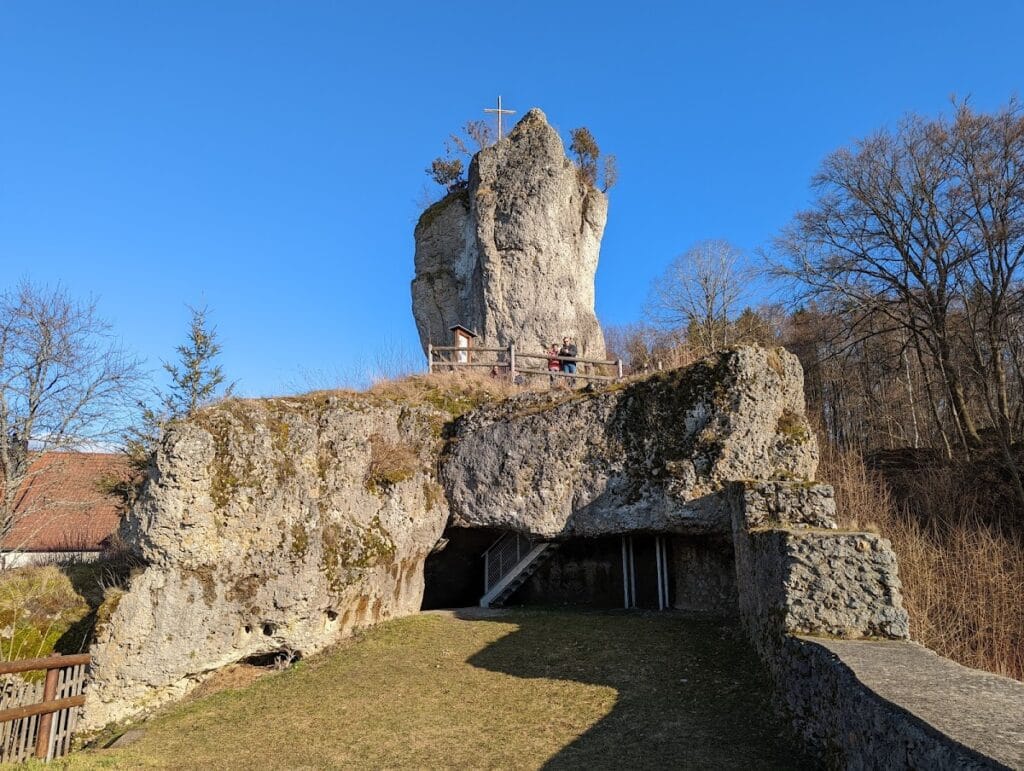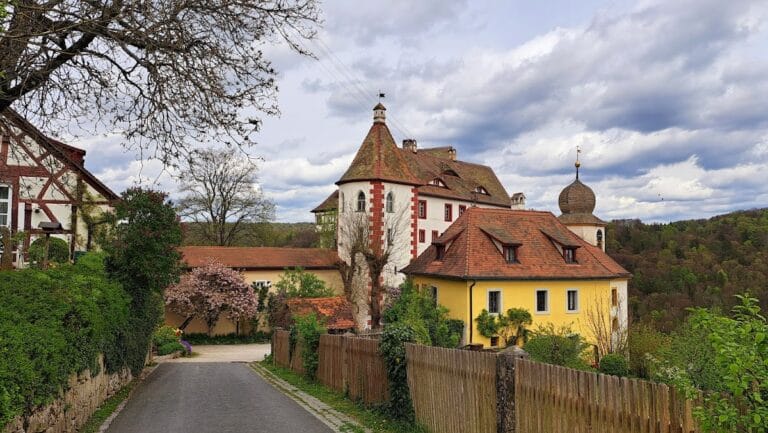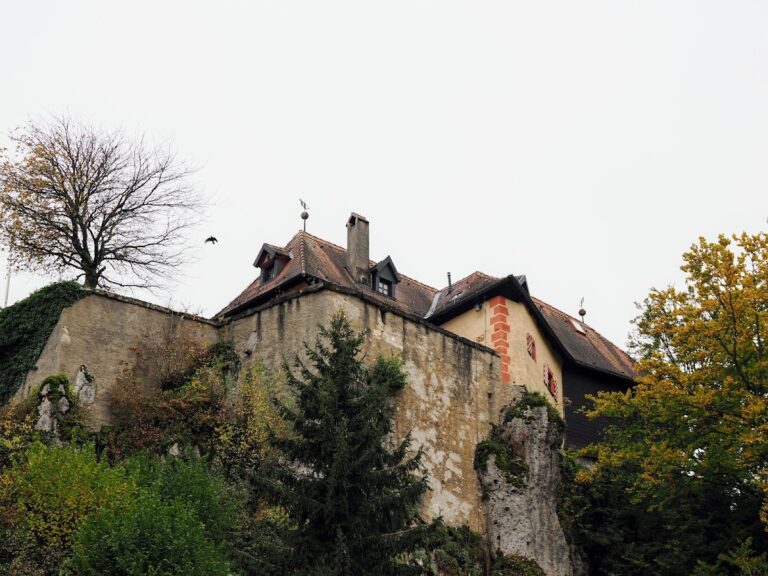Bärnfels Castle: A Medieval Fortress in Franconian Switzerland, Germany
Visitor Information
Google Rating: 4.4
Popularity: Low
Google Maps: View on Google Maps
Official Website: www.frankenlandler.com
Country: Germany
Civilization: Medieval European
Remains: Military
History
Bärnfels Castle is located in the municipality of Obertrubach in modern-day Germany. Constructed in the early 14th century by the Franconian noble family of Egloffstein, the fortress sits on a strategic rocky outcrop in the region known as Franconian Switzerland.
The castle was probably built around 1330 by Siboto I of Egloffstein, who established the Bärenfels branch of this noble lineage. The first confirmed record of Bärnfels Castle dates to 1389 when Conrad Hans and Ulrich of Egloffstein, its owners at the time, were compelled to grant their outer bailey, called the “Lower Fortress” or Niedere Veste, as a fief to the Landgraves of Leuchtenberg following a local dispute. Over the following century, the fief changed hands within the Egloffstein family, passing to their Gaillenreuth branch in 1483. By 1495 the arrangement under the Leuchtenberg landgraves came to an end with the last known enfeoffment.
In 1525, during the widespread social upheaval of the Peasants’ War, Bärnfels Castle suffered significant destruction after being attacked by rebellious subjects of the Egloffstein family. The damage from this conflict was severe enough that the castle was never fully repaired or reoccupied as a defensive residence. Decades later, in 1580, the ruined estate, including the castle remains and its associated barony, was sold to the Bishopric of Bamberg. After the secularisation reforms of the early 19th century, the property became part of Bavarian state holdings in 1802.
The structural instability of the castle ruins led to further loss during the 19th and 20th centuries, as large sections were deliberately demolished to prevent accidents. In 1877, these ruins attracted the attention of a Nuremberg chemist named Kleemann, who purchased the site and undertook initial restoration efforts on the surviving masonry. Another phase of renovation occurred in 1969, led by the local municipality, which helped stabilize the remains and made them accessible once again. Today, the castle ruins are privately owned by descendants of the original builders, the Egloffstein family, continuing a link that spans several centuries.
Remains
Bärnfels Castle is classified as a spur castle, meaning it was built on a prominent rocky ridge that extends from higher ground. Specifically, it occupies a hill spur called Bergschmidtsknock, reaching roughly 515 meters above sea level and offering commanding views over the nearby village of Bärnfels. Visitors approaching the site ascend from below via stone steps that lead to the remnants perched on this natural outcrop.
Among the surviving structural elements is the outer bailey known historically as the Niedere Veste or “Lower Fortress.” This section once served as a fortified courtyard separate from the central stronghold. While the castle originally comprised more extensive buildings, many parts have been lost over time, especially due to 19th and 20th-century demolitions driven by safety concerns as the ruins became unstable.
The portions that remain mainly consist of masonry walls that have undergone two significant preservation campaigns. The first began in 1877 when Kleemann, the chemist owner, initiated efforts to conserve and partly restore the stonework. Later, in 1969, the local municipality carried out further renovations aimed at reinforcing the ruins and providing safe access for exploration.
Today, visitors can examine these preserved stone structures and gain insight into the castle’s medieval layout, although much of the original fortress is reduced to foundational traces. The castle lies amid a cluster of medieval fortifications, including the nearby ruins of Leienfels Castle to the east, the site of Leupoldstein Castle toward the southeast, another castle site at Obertrubach to the south, and the inhabited Gößweinstein Castle to the north. This regional context highlights Bärnfels as once part of a network of defensive sites within the Franconian landscape.







